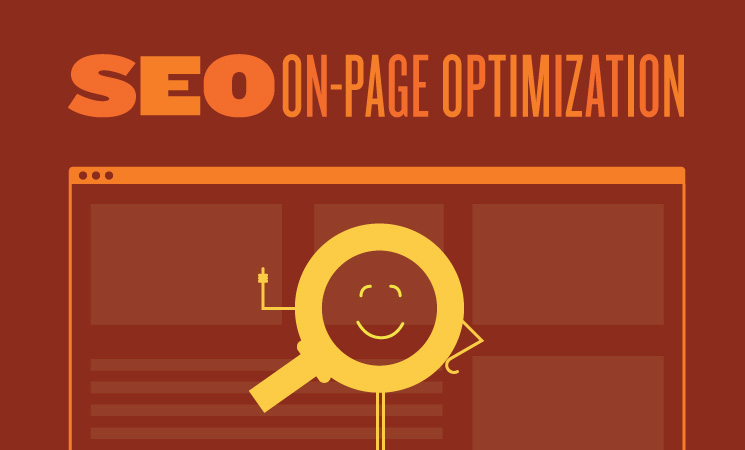The Basics of On-page Optimization

In general terms, SEO can be divided into two areas: on-page (or on-site) optimization and off-page (or off-site) optimization. On-page optimization refers to the factors on your website that influence its search engine rankings. As a site owner, these factors are the easiest to tweak and optimize because, in most cases, you have direct control over the content and set-up of your site.
And the best news? You don’t have to be a developer to help make your website search engine friendly. So, if you don’t know how to code, don’t fret! Here are some things you can do to make sure that search engines love your site:
Content
Once again, content is at the top of the list. Search engines like pages that have a single subject and are uniquely valuable. So, as you’re thinking about what to include in your page, stay focused. If you include content about apples, oranges, and bananas, the search engines might have trouble figuring out which of these subjects your page should rank for. Search engines would be more likely to rank your site well if you had high-quality, individual pages about apples, oranges, and bananas.
When you’re creating your content, whether it’s words on the page, images, videos, etc., it’s important to think about why the search engines would want to rank your content above all the other sites that talk about apples and oranges. Thinking this way will push you to create content that’s more valuable for your user and more likely to answer the query they typed into the search engine.
As far as written content is concerned, it’s also helpful to make sure it’s web friendly. You can do this by breaking it up visually with elements like bulleted lists, headings, and blockquotes. This makes the content more easily digestible for web viewers, who tend to skim content rather than read it in its entirety. Who hasn’t seen a webpage that’s one solid block of text and thought, “forget it”? Some of these elements, headings in particular, also give search engines clues about your topic and the searches it should rank for.
Keywords
In terms of SEO, an optimized page is keyword targeted. This means that, as stated above, the page should have a single focus. It should also contain targeted keywords and related terms that indicate its relevance for the subject. In our apple example, “apple” would be our primary keyword, but search engines would also expect to see related terms like “apple tree,” “apple seeds,” and “Golden Delicious.” Common sense, right?
I sound like a broken record, but it’s worth noting again that you should NEVER sacrifice user experience or the readability of your copy for the sake of keywords or the search engines. Use keywords in body copy where it makes sense and sounds natural. If they stick out like a sore thumb, you’ve overdone it.
There are a few different places you should be sure to include keywords on your page. Naturally, they’ll be sprinkled throughout your on-page copy, but pay special attention to these areas:
- Page title – This is the text that appears at the top of the browser window, and it’s prime keyword real estate. For years, this has been one of the most important on-page ranking factors, and it still is. Get your primary keyword as close to the front of your page title as possible. You’ve got roughly 55 characters with spaces max to work with here, so use them wisely.
- Headings – See my point above about headings. Use important words here. Besides giving the search engines hints, it helps the user immediately realize that your page is relevant for his or her query.
- Meta Descriptions – I’ve written about meta descriptions before. While they’re not technically a ranking factor, they can go a long way in helping your click-through rate. And why does ranking #1 matter if nobody clicks through to your site? From a practical standpoint, it makes sense to use keywords here because they encourage visitors to click by indicating that your page is relevant. Adding keywords to your meta descriptions can also increase the chances that Google will display your custom description instead of their own.
Images
Images can help supplement your written copy and, if properly optimized, can even help your site appear in Google’s image search. Give your images descriptive filenames and pay extra attention to the alt attribute. For more information on why this matters, check out my previous post on the subject. If your site is equipped with a content management system, it should be easy for you to update the alt attribute when loading images.
There you have it. A few simple things you as a site owner can do to make your pages more search engine (and user) friendly, even if you can’t code. For a more in-depth overview of the subject, including some of the technical aspects to consider, check out this overview from Rand Fishkin at Moz.
If you have questions or best practices you’d like to share, add them to the comments!
